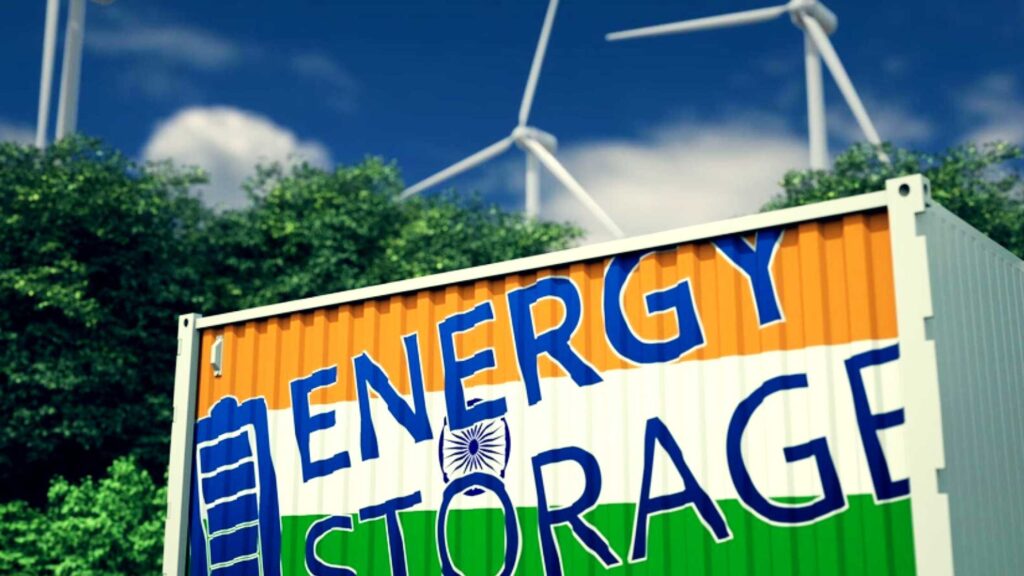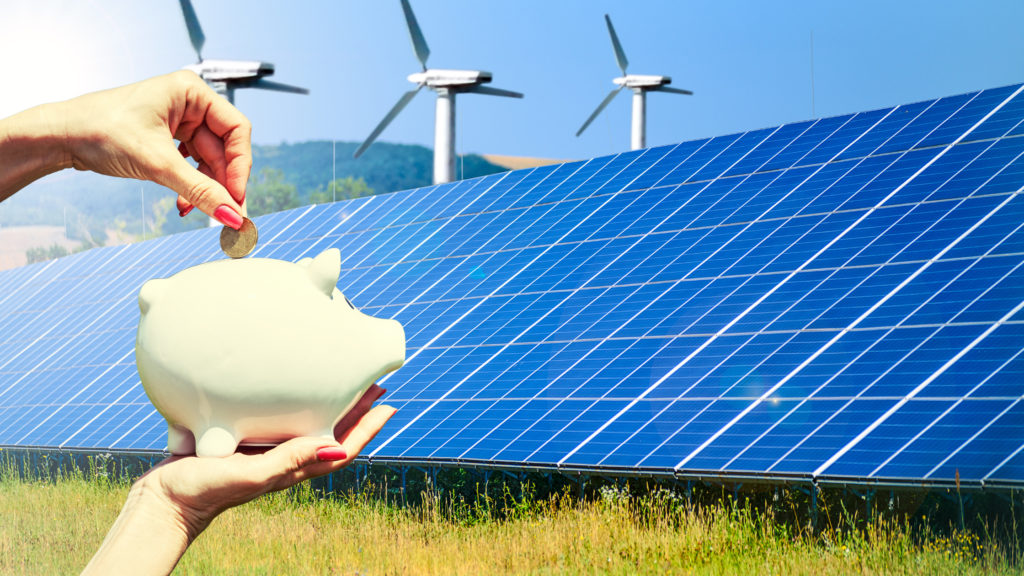The shift towards sustainable development is continuous, with an increase in demand for hydropower in India.
Hydropower is another source of renewable energy that is sustainable and has no negative impact on the environment. The clean and green energy generates electricity by harnessing the power of moving water. It is mostly situated near moving water bodies, like rivers or dams. Then the energy obtained from these water bodies is later on converted into electricity. In recent times, when there is growing concern about adapting sustainable energy, there is an increased demand for hydropower in India. Let’s dive deep into this blog to know more about hydropower in India.
Hydropower in India
Hydropower is considered to be one of the leading sustainable sources of energy; it is not only a form of renewable energy but also provides clean and green energy. It generates electricity by harnessing the energy of moving water. When it comes to the contribution of hydropower globally, India ranks in fifth position with 197 hydroelectricity power plants. India’s installed utility-scale hydroelectric capacity was 46,000 MW, representing 12.3% of the country’s total utility power generation.
The river bodies in India make it an ideal place for hydropower; the key regions of hydropower in India are Himachal Pradesh, Uttarakhand, Punjab, Arunachal Pradesh, and Sikkim. National Hydroelectric Power Corporation Limited (NHPC) is the largest producer of hydropower in India. It is the government body.
Benefits of Hydropower in India
There are many benefits of installing a sustainable source of energy, which can provide clean and green energy. Also, sustainable sources of energy are cost-efficient and have positive impacts on the environment. Here below are a few benefits of hydropower in India:
Low Cost
- Hydropower is renewable power, as it only generates the electricity with the use of flowing water.
- It is less expensive than coal- or gas-powered plants that produce electricity, especially in the long term.
- It is very economical and will enable India to reduce dependency on the use of imported fossil fuel and, in some way, save on foreign exchange.
Environmental Advantages
- Hydropower is clean energy, as no direct emission of greenhouse gases occurs in consequence of producing electricity.
- It can mitigate the carbon footprint of India by making less use of fossil fuels.
- It also manages water resources through contributing to flood control and the provision of irrigation water.
Socio-Economic Benefits
- Construction, operation, and other allied types of jobs can be established by the hydropower projects.
- They are also able to increase tourist attraction at reservoirs and recreational activities. In such inaccessible and hilly regions, the development of hydropower can cause the growth of the region and the reduction of poverty.
- They can also receive clean drinking water and financial support through multiple projects.
Energy Security
- Hydropower decreases India’s energy dependence on the unstable international market of fossil fuels by diversifying the energy mix. This assists in stabilising and making the energy supply to the country more certain.
Latest Hydropower Technology India
With the endeavour of the latest hydropower technology India to achieve a greener energy future, technology advancements in hydropower are picking up pace. Hydropower in India, commonly characterised by the use of large dams, is currently growing due to the involvement of more efficient, smarter, and friendlier technologies towards the environment. Pumped Storage Hydropower (PSH) is one of the greatest developments, as it behaves as a huge battery, storing the energy when less is needed and releasing it when the energy is more in demand. The use of PSH is also assisting in stabilising the renewable-heavy grid in India as the capacity of solar and wind increases.
You Can Also Read: Geothermal Power Plants: Tapping into Earth’s Inner Fire
Hydropower Plant Innovations 2025
The latest hydropower plant in India embraces the concept of digitalisation in hydropower. The precise monitoring equipment, AI-enabled grid integration, and digital twins are now employed to forecast the plant performance, improve the flow of water, and minimise the cost of maintenance. Such smart technologies enhance not only plant efficiency but also the safety and lifespan of the plants.
Research and development is a heavy investment on the part of the Ministry of Power and state-owned undertakings that find their place in organisations such as NHPC and SJVN to make Indian hydropower more adaptive towards climate change. And including the modern turbines, sediment management systems, and eco-friendly project designs, India is demonstrating that hydropower can become a wiser, cleaner entity in its renewable energy mix.
The hydropower plant innovations 2025 aim to bring innovations in areas like turbines, technology, grid integration, and digital modernisation and ensure they are sustainable and eco-friendly.
Challenges of Hydropower in India
As every coin has two faces, so does this situation; with benefits, there are certain challenges of hydropower in India. The major challenges of hydropower in India are:
Environmental Impact – When installing a hydropower, it causes environmental degradation. Like deforestation, because a large area is required, and a large number of trees are cut down.
Displacement – A large number of people migrate and leave their homes. Also, with the loss of biodiversity, animals also leave that place, and the trees are cut down.
High Initial Costs – The installation of hydropower is expensive. The turbines and construction of the dam.
Seasonal Dependence – The hydropower in India is highly dependent on monsoons because they increase the flow of water in rivers.
Sedimentation and Siltation – Indian rivers carry the sand and sediments with them, which get deposited in the dams and can cause problems in water storage and can affect the working of the turbine, and the cleaning of the dam can add another heavy expense.
Regulatory Delays and Bureaucracy – Delay can be caused in the construction of hydropower, as it requires many permissions and clearances.
Major Hydropower Plants in India
India has 197 hydropower plants and ranks in fifth position globally when it comes to hydropower potential. Most of the hydropower plants in India are situated in the Himalayas and Northeast regions; here is the list of a few major power plants in India:
Tehri Hydropower Plant
Location – Uttarakhand on the Bhagirathi River.
Capacity – 1,000 MW
Sardar Sarovar Dam
Location – Gujarat on the Narmada River.
Capacity – 1,450 MW
Bhakra Nangal
Location – Punjab and Himachal Pradesh on the river Satluj
Capacity – 1,325 MW
Koyna Hydroelectric Project
Location – Maharashtra on the Koyna River
Capacity – 1,960 MW
Uri Hydropower Project
Location – Jammu and Kashmir on the Jhelum River
Capacity – 720 MW
Conclusion
Hydropower has been among the necessities when it comes to the effort of the nation to secure sustainable energy in India. Its advantages are immense; it is renewable, clear energy and a good source of energy, reducing carbon, and also helps in the growth of the economy in the rural areas. Indian hydropower is becoming more intelligent and flexible as the technological improvements of pumped storage systems, AI-based monitoring, and hybrid projects are being developed and result in even more environmentally friendly decisions. India needs to overcome its social, environmental, and operational issues concerning the hydropower development to enjoy all the potential that can be achieved with the help of this energy source.
With some planning and innovation, together with community-based approaches, hydropower in India can be one of the lynchpins of a more sustainable and more egalitarian future, both as a response to current energy demand and as a contributor to more equal and sustainable future energy production.


